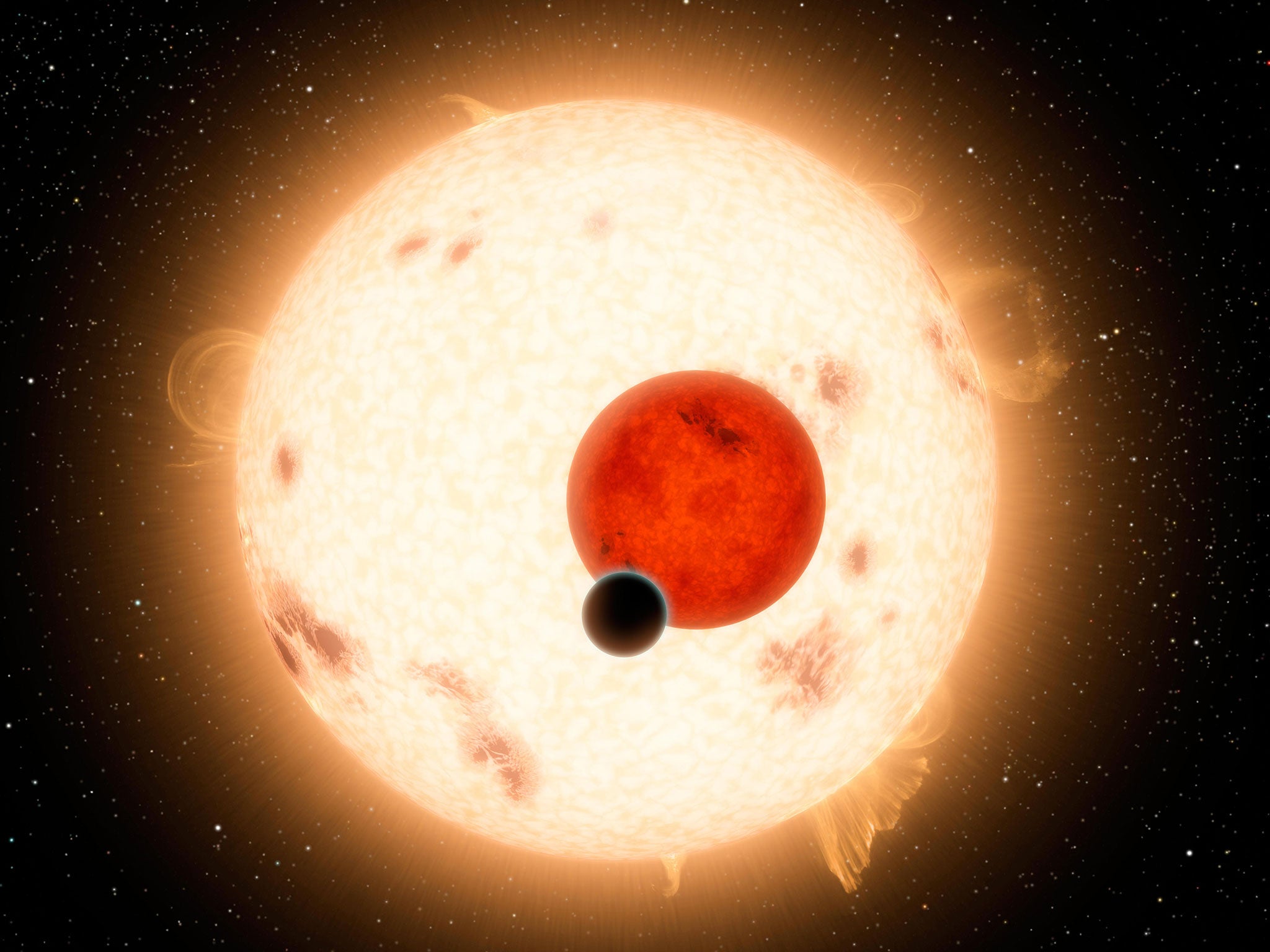Red dwarf stars to be examined for alien life by SETI Institute astronomers
Red dwarf stars have usually been ignored by alien-hunting scientists, but new research suggests they could support life

After years of scanning the skies without spotting anything, alien-hunting scientists are going to start looking somewhere completely different.
Researchers working on the search for extraterrestrial intelligence (SETI) have previously focused on areas of space similar to our own.
However, a team from the SETI Institute is now set to begin looking closely at red dwarf stars, which are far cooler and smaller than the Sun.
As SETI Institute engineer Jon Richards said: “Red dwarfs - the dim bulbs of the cosmos - have received scant attention by SETI scientists in the past.”
“That's because researchers made the seemingly reasonable assumption that other intelligent species would be on planets orbiting stars similar to the Sun.”
The typical red dwarf is so dim that it was assumed there would be few planets in its habitable zone, the areas around it which are the right temperatures for life.
Kepler 452B, or Earth 2.0
Show all 10Even if there were planets in this zone, they would orbit so close the star that they would be 'tidally locked', with one burning-hot side constantly facing the sun and the other side remaining perpetually frozen.
However, recent research has contradicted these assumptions. If these rare planets had oceans and atmospheres, heat could be transferred from the hot side to the cold, making a significant part of the planet theoretically habitable.
These 'goldilocks' planets may be hard to find, but fortunately there's far more red dwarfs in the galaxy than Sun-like stars.
20,000
The number of red dwarf stars which will be checked for alien life
SETI Institute astronomer Seth Shostak said: “Three-fourths of all stars are red dwarfs. That means if you observe a finite set of them - say the nearest twenty thousand - then on average they will be at only half the distance of the nearest twenty thousand Sun-like stars.”
If a star is closer, the signals will be stronger, and the SETI team will have a better chance at making a discovery.
Red dwarfs are also some of the oldest stars in the universe, usually billions of years older than our own sun. If a star has been burning for longer, its solar system may have had more time to produce intelligent species.
The new search, which will take two years, will involve the study of 20,000 red dwarf stars and their surrounding planets.
It'll be conducted with the SETI Institute's Alien Telescope Array, high up in the Cascade Mountains of northern California.
The targeted locations will be scoured for frequency bands between 1 and 10GHz, half of which will be at so-called 'magic frequencies', which generally don't occur naturally and are related to basic mathematical principles.
If there's any alien species out there trying to attract attention, it's likely they're using these frequencies. No alien signals have ever been discovered, but the SETI Institute's new tactic could finally yield some results.
Subscribe to Independent Premium to bookmark this article
Want to bookmark your favourite articles and stories to read or reference later? Start your Independent Premium subscription today.

Join our commenting forum
Join thought-provoking conversations, follow other Independent readers and see their replies